An SSD enclosure allows you to convert a solid-state drive into an external storage device, improving portability, protecting data, and offering fast data transfer speeds, making it essential for efficient data management.
If you’re looking for efficient data storage, then a SSD enclosure might be just what you need. These devices can keep your data secure while ensuring quick access, making them invaluable for anyone dealing with large files.
Understanding SSD enclosures
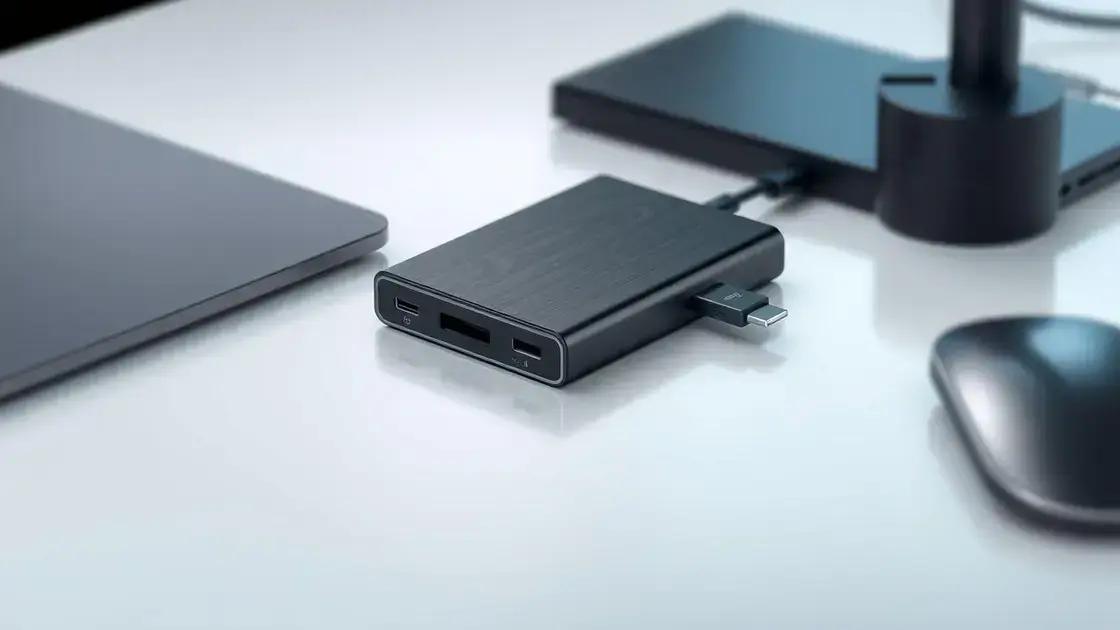
An SSD enclosure is a protective casing that allows you to convert a solid-state drive (SSD) into an external storage device. This portable solution is perfect for safeguarding your valuable data while providing fast access and transfer speeds.
Components of an SSD Enclosure
Typically, an SSD enclosure comprises a sturdy outer shell, a connector interface such as USB-C or USB 3.0, and a control chip that manages data transfer. Many enclosures are designed to dissipate heat, ensuring that your SSD operates efficiently without overheating.
Why Use an SSD Enclosure?
Using an SSD enclosure can enhance your data management experience. It allows you to easily back up files, transfer data between devices, and expand your storage options without the need for additional hardware. Additionally, SSDs provide faster read and write speeds than traditional HDDs, making them a smart choice for anyone needing speed.
Types of SSD Enclosures
There are various types of SSD enclosures available, each catering to different needs. Some are designed for portability, while others focus on high performance and speed. Consider factors such as size, connector type, and heat management when choosing an enclosure that fits your requirements.
How to Set Up an SSD Enclosure
Setting up an SSD enclosure is straightforward. First, open the enclosure and insert the SSD carefully. Make sure it fits snugly in the connector. Close the enclosure, then plug it into your computer or device. Your operating system should recognize the new drive instantly, allowing you to start using it right away.
Benefits of using a high-speed SSD enclosure
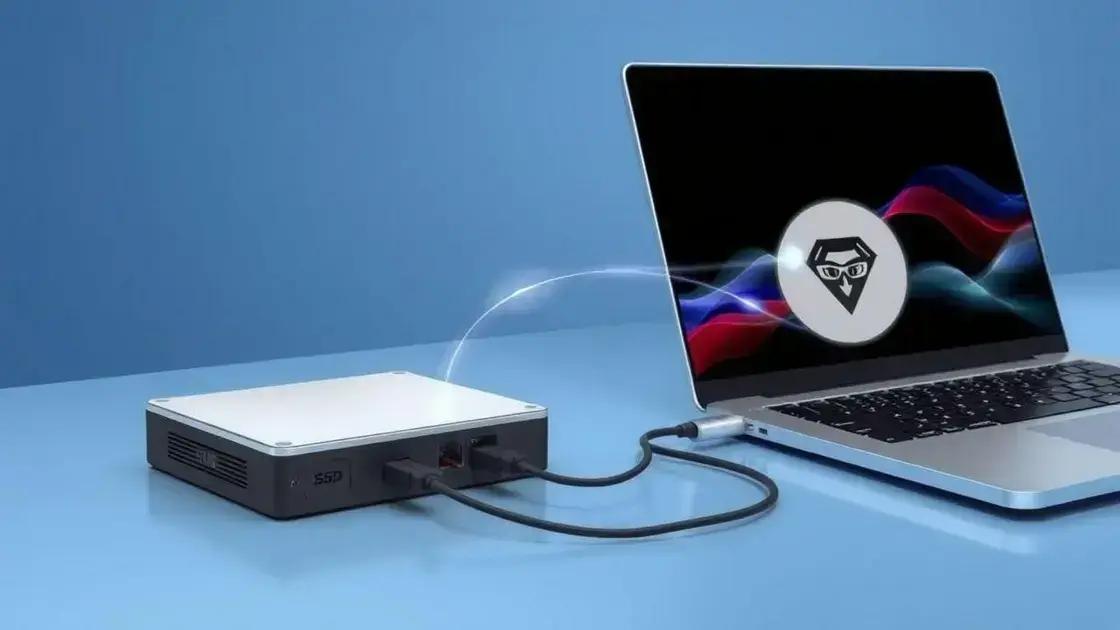
Using a high-speed SSD enclosure can significantly enhance your data storage and retrieval experience. These enclosures are specifically designed to maximize the performance of solid-state drives, allowing for faster access to your files.
Improved Data Transfer Speeds
One of the primary benefits is the improved data transfer speeds. High-speed SSD enclosures utilize advanced interfaces like USB 3.2 and Thunderbolt 3, providing transfer rates that can reach up to 40 Gbps. This means you can move large files, such as videos and high-resolution images, quickly and efficiently.
Enhanced Storage Performance
Another advantage is enhanced storage performance. By utilizing a high-speed enclosure, the SSD operates at its best, reducing latency and increasing the overall responsiveness. This is particularly beneficial for tasks such as video editing or gaming where speed is crucial.
Portability and Convenience
High-speed SSD enclosures are also designed for portability. Their compact size makes it easy to carry them around, allowing you to access important files wherever you are. This convenience is especially valuable for professionals who need to work on-the-go.
Durability and Protection
Most high-speed SSD enclosures come with robust designs that offer excellent protection against physical damage. This includes shock-resistant materials and heat dissipation features that help ensure the longevity of your SSD. Protecting your data while maintaining speed is a significant benefit.
Versatile Compatibility
These enclosures are often compatible with a variety of operating systems, making them versatile solutions for different users. Whether you use Windows, macOS, or Linux, a high-speed SSD enclosure can meet your needs seamlessly.
How to choose the right SSD enclosure
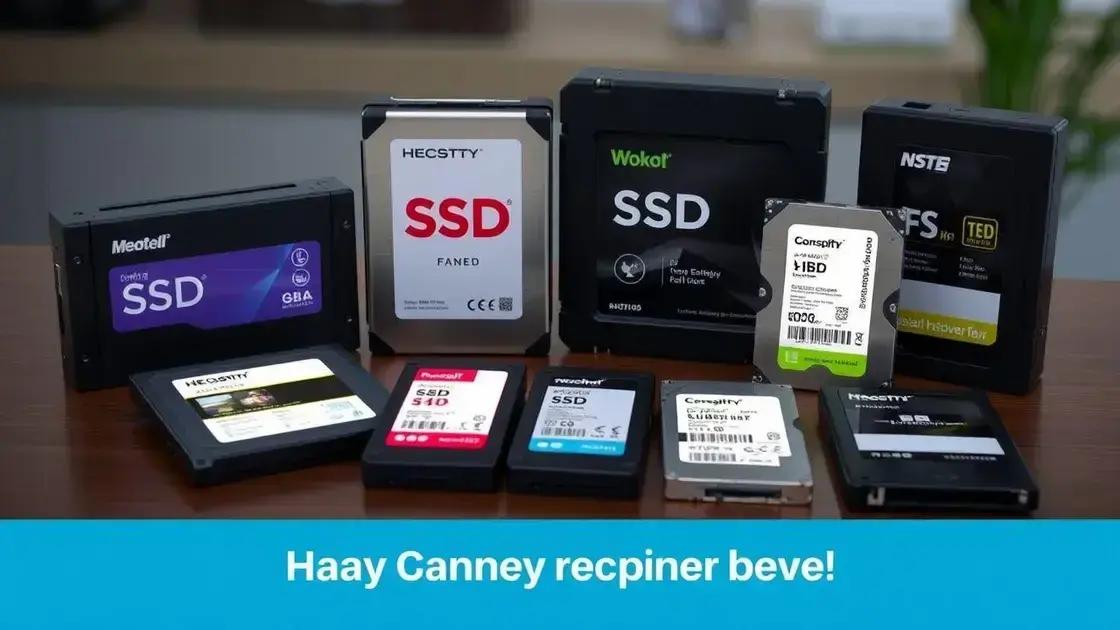
Choosing the right SSD enclosure is essential for maximizing your storage solutions. Several factors should be considered to ensure you select the best option for your needs.
Determine Your Needs
Start by assessing what you need the enclosure for. Are you using it for backup, data transfer, or expansion? Understanding your requirements will help narrow down your choices.
Check Compatibility
Ensure the SSD enclosure is compatible with your SSD type, such as SATA or NVMe. Additionally, check if it works with your operating system. Some enclosures are limited to specific systems, so confirm compatibility before purchasing.
Look for Speed Specifications
Select an enclosure that supports high-speed interfaces, such as USB 3.2 or Thunderbolt 3. These connections offer faster data transfer rates, which is crucial if you’re working with large files or running applications directly from the drive.
Consider Build Quality
Choose an enclosure made from durable materials. A robust design can protect your SSD from physical damage and heat. Look for features like shock resistance and heat dissipation to enhance the lifespan of your drive.
Read Reviews and Brand Reputation
Research different brands and read customer reviews. Quality brands have a reputation for reliability and performance, which can provide peace of mind when making your selection.
Installation and setup of your SSD enclosure
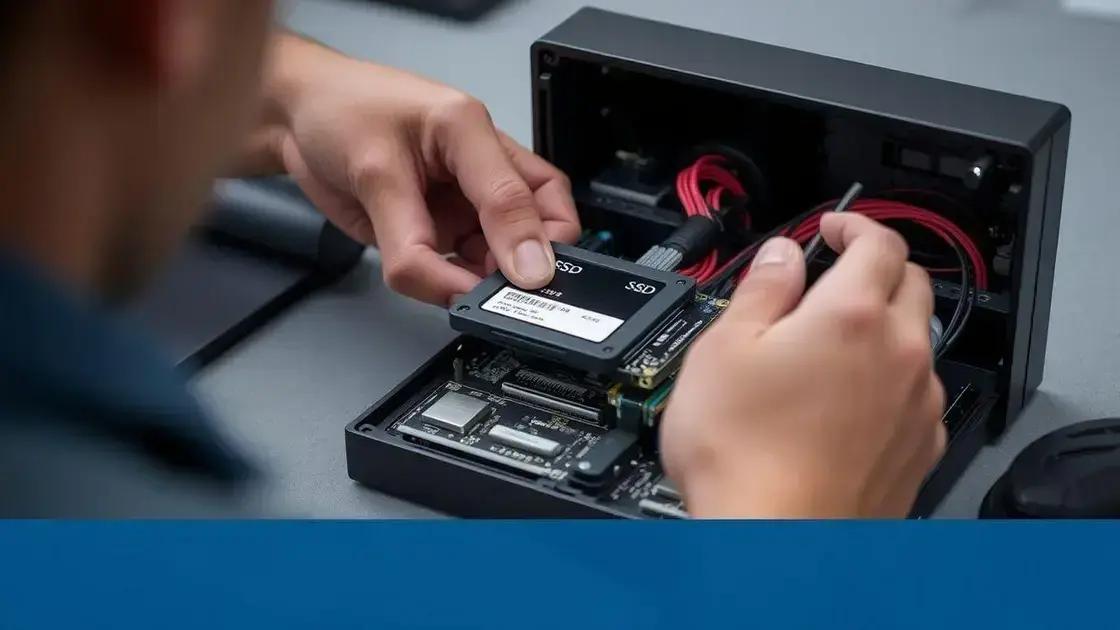
Installing and setting up your SSD enclosure is a straightforward process. Follow these simple steps to ensure everything is done correctly.
Gather Your Materials
Before you start, make sure you have all the necessary materials. You’ll need your SSD, the SSD enclosure, and a screwdriver if required. Most enclosures come with instructions detailing the setup.
Open the Enclosure
Start by carefully opening the enclosure. Some enclosures may require you to unscrew a few screws to access the internal compartment. Make sure you keep the screws in a safe place.
Install the SSD
Place the SSD into the connector slot. Align the pins on the SSD with the connectors in the enclosure. Gently press the SSD until it fits securely in place. Ensure it’s snug and properly connected to avoid any connection issues.
Close the Enclosure
Once the SSD is installed, carefully close the enclosure. If you removed screws earlier, tighten them securely to hold everything in place. Ensure there are no loose parts, as this can affect performance.
Connect to Your Device
Now, connect the SSD enclosure to your computer or device using the provided cable, typically USB-C or USB 3.0. Your operating system should recognize the new drive automatically.
Format the Drive (if needed)
If this is the first time using the SSD with your device, you may need to format it for compatibility. Open your computer’s disk management tool, find the new drive, and follow the prompts to format it. This step ensures that your SSD is ready for use.
Best practices for data backup and storage solutions
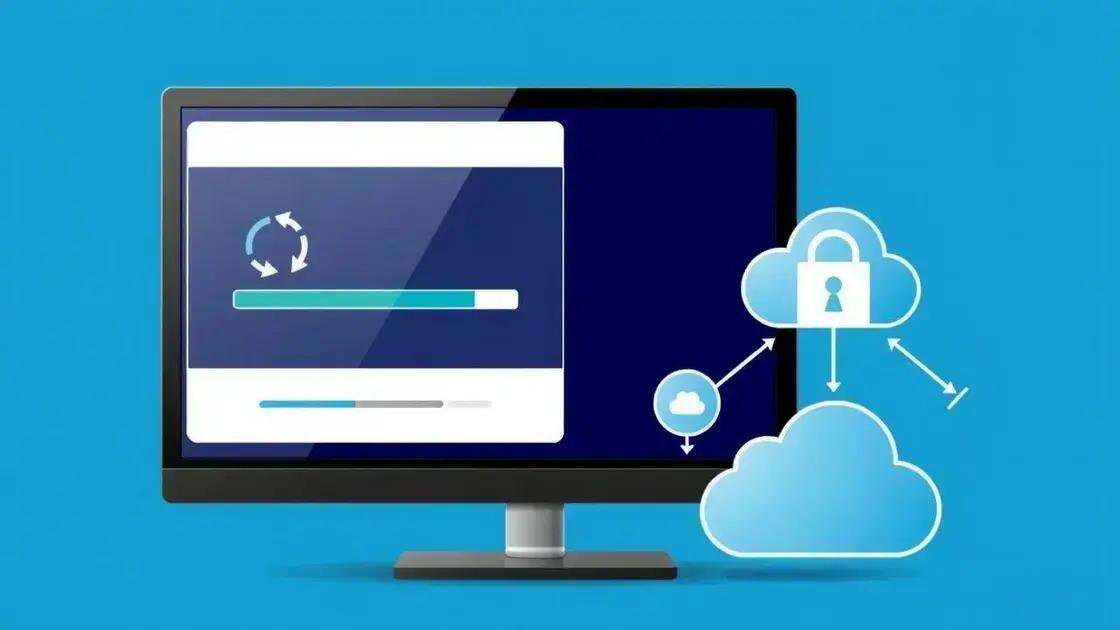
Implementing the best practices for data backup and storage is essential for protecting your important files and ensuring data integrity. Here are key strategies to follow for effective data management.
Regular Backups
Make it a habit to perform backups regularly. Daily or weekly backups can protect against data loss due to accidental deletion or hardware failure. Use automated backup solutions to simplify the process.
Use Multiple Storage Locations
Store backups in multiple locations, including both local devices and cloud storage. This redundancy ensures that if one backup fails or is compromised, you still have access to your data from another source.
Test Your Backups
It’s critical to regularly test your backups to ensure they can be restored successfully. Check the integrity of your data periodically and verify that you can access your files when needed.
Organize Your Data
Keep your files organized to make retrieval easier. Use clear naming conventions and folder structures. This practice saves time and helps you locate files quickly during a restore process.
Encrypt Sensitive Data
For sensitive information, ensure that you use encryption tools to protect your files during storage and transfer. This additional layer of security helps prevent unauthorized access to your data.
In conclusion, maximizing data protection and efficiency
Implementing the best practices for data backup and storage is crucial for safeguarding your important files. Regular backups, using multiple storage locations, and testing your backups ensure that your data is secure.
Organizing your data and encrypting sensitive information adds another layer of security, helping you manage your files effectively. By following these strategies, you can protect your data from loss and ensure it is easily accessible when you need it.
Adopting these practices will not only enhance your data management but also give you peace of mind, knowing that your information is safe and secure.
FAQ – Frequently Asked Questions about SSD Enclosures and Data Storage
What is an SSD enclosure?
An SSD enclosure is a protective casing that allows you to turn a solid-state drive into an external storage device, enabling easier data access and portability.
Why should I use a high-speed SSD enclosure?
High-speed SSD enclosures improve data transfer speeds, enhance performance, and are often designed for portability, making them ideal for quick file access.
How often should I back up my data?
It’s recommended to back up your data regularly, such as daily or weekly, to protect against accidental loss and ensure that you always have access to your files.
What are the best practices for data organization?
Keeping your files organized involves using clear naming conventions and creating a logical folder structure to make file retrieval simple and efficient.
Why is testing backups important?
Testing your backups ensures they can be restored successfully when needed. Regular checks help confirm that your data is intact and accessible.
How can I protect sensitive information stored on my SSD?
You can protect sensitive information by using encryption tools to secure your files during storage and transfer, preventing unauthorized access.

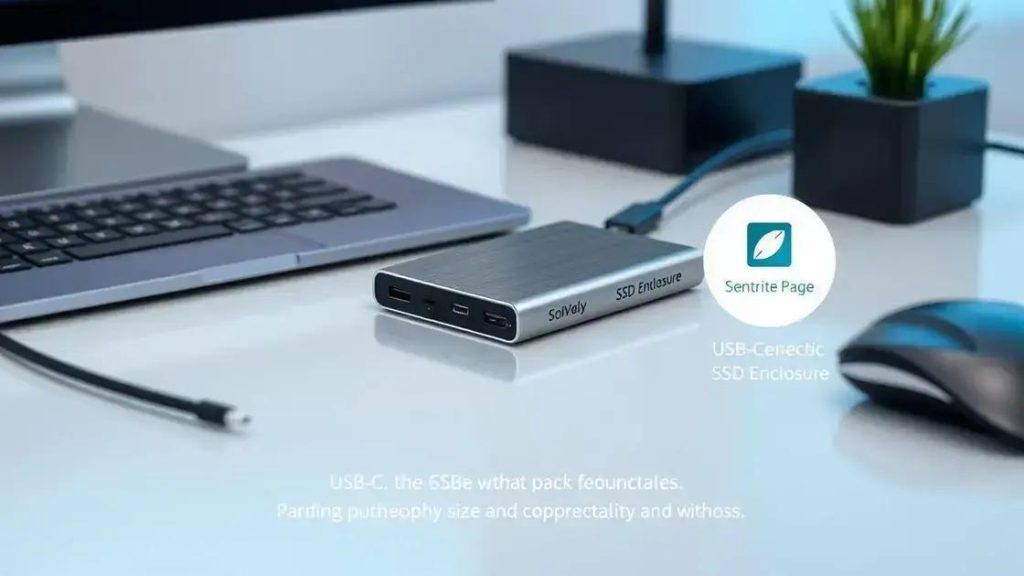
 Microsoft account vs local account: Which is best for you?
Microsoft account vs local account: Which is best for you?  Windows 11: Discover How to Remove Pre-installed Microsoft Store Apps
Windows 11: Discover How to Remove Pre-installed Microsoft Store Apps 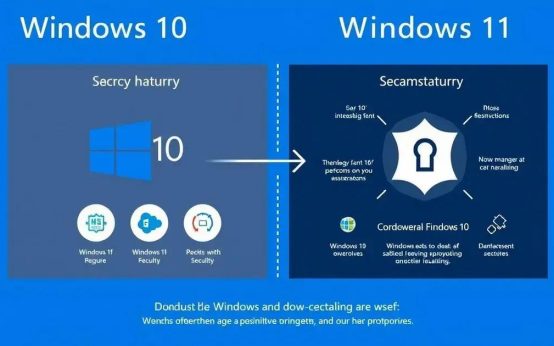 Windows 11 Reigns Supreme: Why Upgrading is Crucial Now
Windows 11 Reigns Supreme: Why Upgrading is Crucial Now